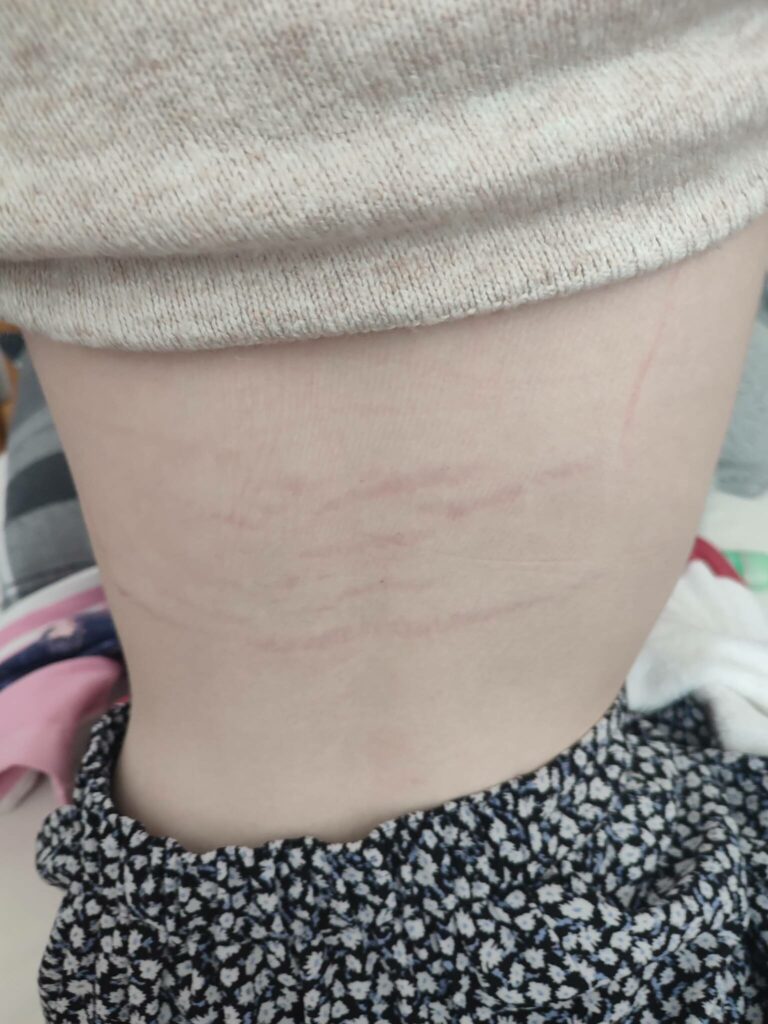
“No other disease in the history of modern medicine has been neglected in such a way as Ehlers Danlos Syndrome”
— Professor Rodney Grahame
Ehler’s Danlos Syndromes are a group of hereditary disorders that weaken the connective tissues of your body.
If you have EDS you will have weak and loose joints and your skin will be extremely stretchy.
That’s right there are 13 types of Ehler’s Danlos Syndromes and they all have their own set of clinical criteria to help diagnosis. Genetic testing is carried out for 12 of the EDS types as they have identified genetic variants as the cause of the disorder but not for one of them. So all types apart from hEDS (hypermobile type), have genetic testing as part of the diagnostic criteria with the hypermobile type being the most common.
So EDS is caused by your body not making collagen the right way. Collagen is a protein in the body that helps make your bones strong and if there’s a problem with it, those structures can be weak and more likely to have problems.
Ehler’s Danlos Syndromes are passed down through families but it’s important to know that someone can carry a recessive gene. So if someone in your immediate family has EDS and you think you do too you should see a doctor who can refer you to a rheumatologist.

There are lots of things involved in getting an EDS diagnosis including the Beighton Scale test. The Beighton Scale is a test to see how flexible your joints are and if you are hypermobile.
The Beighton Scale scores a maximum of 9 points and as a child, you need to score 6 to be considered hypermobile, whereas an adult will need to score 5.
You will need to give as much medical history and family medical history because this will help to doctor piece things together. They’ll want to know if your skin is stretchy and if you bruise and/or bleed easily. Do you have any scars associated with EDS because stretch marks from a young age can be a sign?
You may need to have genetic testing done, which includes blood tests. They might also want to do other investigations to see what’s going on inside your body.
It is a good idea to keep a diary of your EDS symptoms because you will likely be asked to do this as part of your investigations.
A diagnosis of EDS can take many years because the symptoms can take a long time to become obvious. This means many people with EDS aren’t actually diagnosed until adulthood.
Each case of EDS is unique and whilst it can not be cured it can be managed and symptoms can be eased. This can really improve the quality of life for some people, which is why diagnosis is so important.
Where can you get support?
Our content hub is packed with valuable content
Sensory Matters Podcast
Free Sensory Support Community
Can Chewigems Help Keep Your Teeth Clean?